Classes
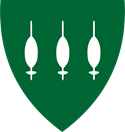
It's not enough to learn about something, you also need to share the knowledge.
Growing up doing 18th Century reenacting, most events are open to the public. You are constantly presenting and demonstrating and answering the public's questions. I am very used to that, and sometimes miss it. I'm always happy to answer questions about what I'm doing. I may have sun-brain and be babbling slightly if it's later in the day, but please, always ask me questions about what I'm doing.
Many SCA events offer the opportunity to teach actual classes. Most of my classes are fiber related, because I can talk about yarn for a very, very long time. I've been giving 18th Century spinning demonstrations for well over 30 years. However, I can talk a little bit about some foodstuffs, and occasionally digress into some introductory tidbits on the 源氏物語 (Genjimonogatari, or The Tale of Genji, the first novel ever written) and some snippets on 書道 Shodo, Japanese calligraphy.
When I have spoons, I will volunteer at scholas and other events to teach. However, you're always welcome to ask. Since I am teaching the same classes over and over, I assume everyone else gets tired of them.
- Learn to spin
- Drafting and distaff
- Learn to weave tape
- Introduction to fiber prep
- Hand pies
- Sekanjabin, Shrubs, and Switchel
Learn to spin
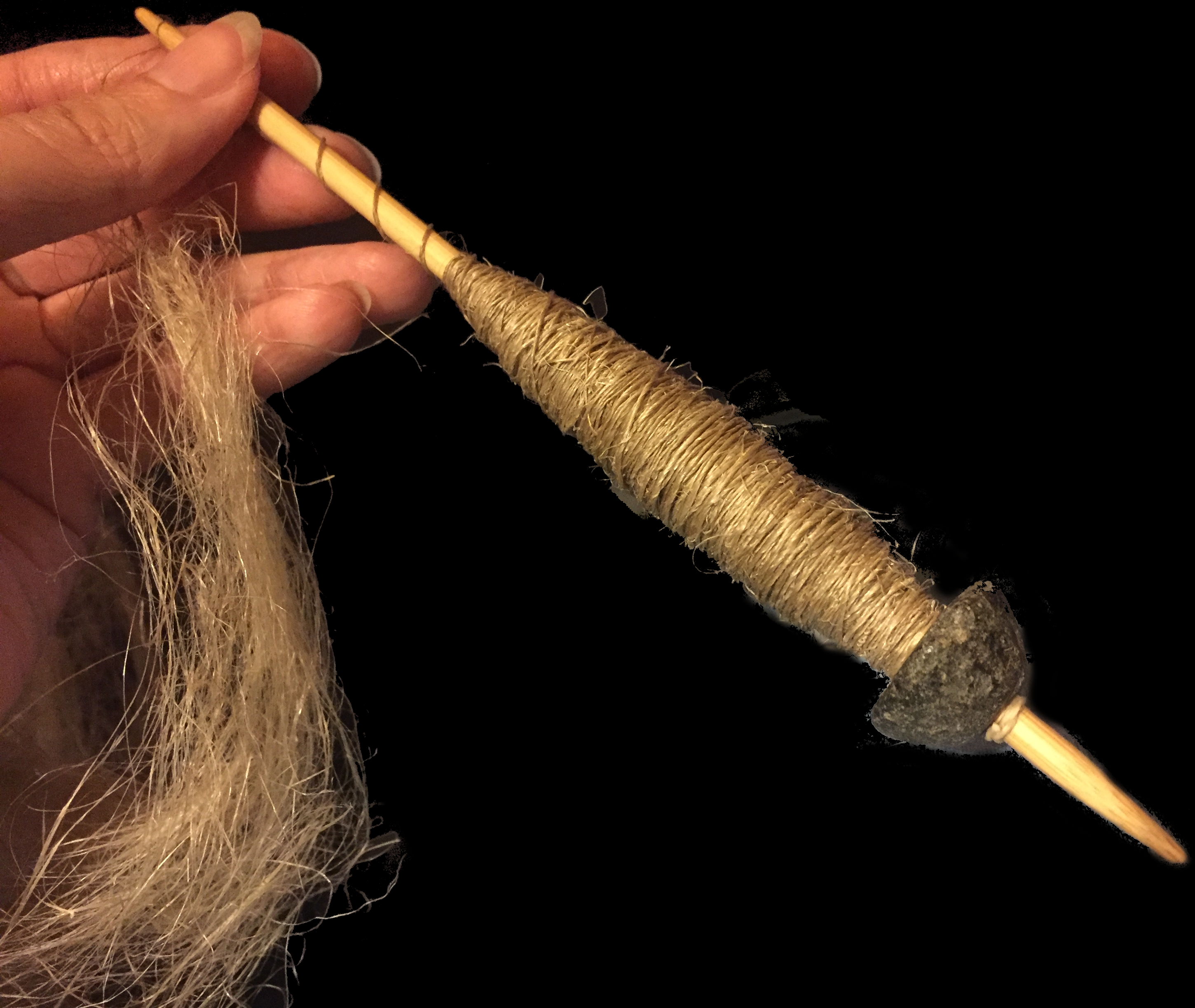

Spindle with flax, actual Roman spindle whorl on a knitting needle because I haven't gotten around to carving a real spindle stick.
Focusing on the park and draft method, learn how to twist fibers into yarn. Fiber and drop spindle provided, but you're always welcome to bring your own tools. Aimed at people who have never picked up a spindle before, or folks who need a bit of a refresher.
I have been able to teach this to 12 folks at once, but that's stretching it. Any more than that and it's really hard for me to bounce between folks who need a smidge more attention.
Drafting and distaff


Hand distaff with wool and spindle.
Knowing how to make yarn is the easy part. Making the yarn you want is a bit harder. Depending on how you prepare the yarn, and how you draft and spin it, you can take the same fiber and make different yarns. Some are more suitable for knitting, others for weaving, and everything inbetween. There's also a tool in the medieval spinner's arsenal that modern spinners have forgotten about, the distaff. The distaff is your third hand to help wrangle your fiber supply as you spin.
Learn to weave tape
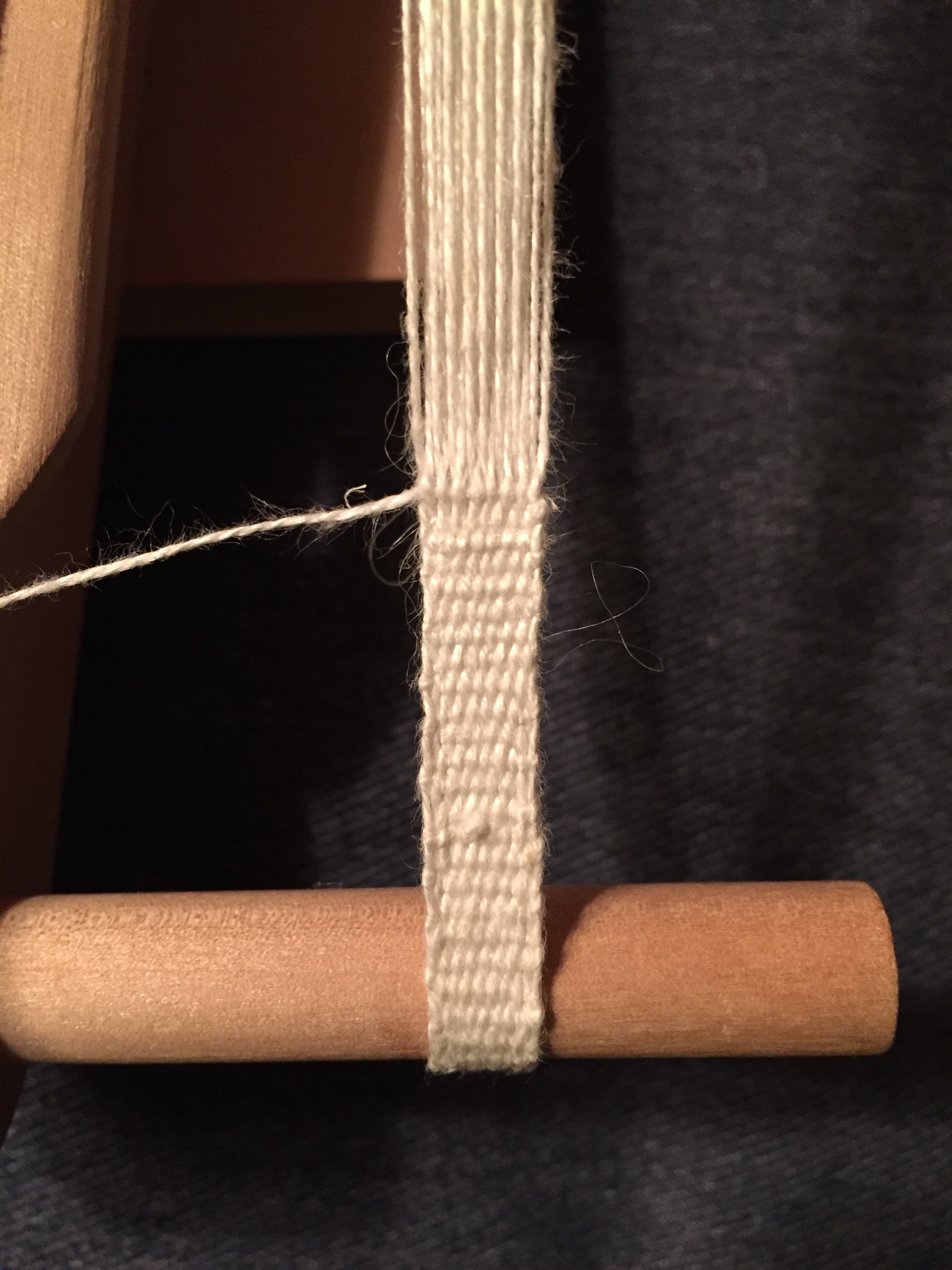

Plain weave linen tape, on a small inkle loom.
Tape doesn't sound all that exciting, but it's one of the more fundimental bits of weaving. Also known as narrow work or inkle bands, tape weaving is making simple narrow bands that you can use for trim, lacing, or a belt. It's a great way to start learning to weave, as it can be a small project, yet walk you through the fundementals of weaving.
Introduction to fiber prep
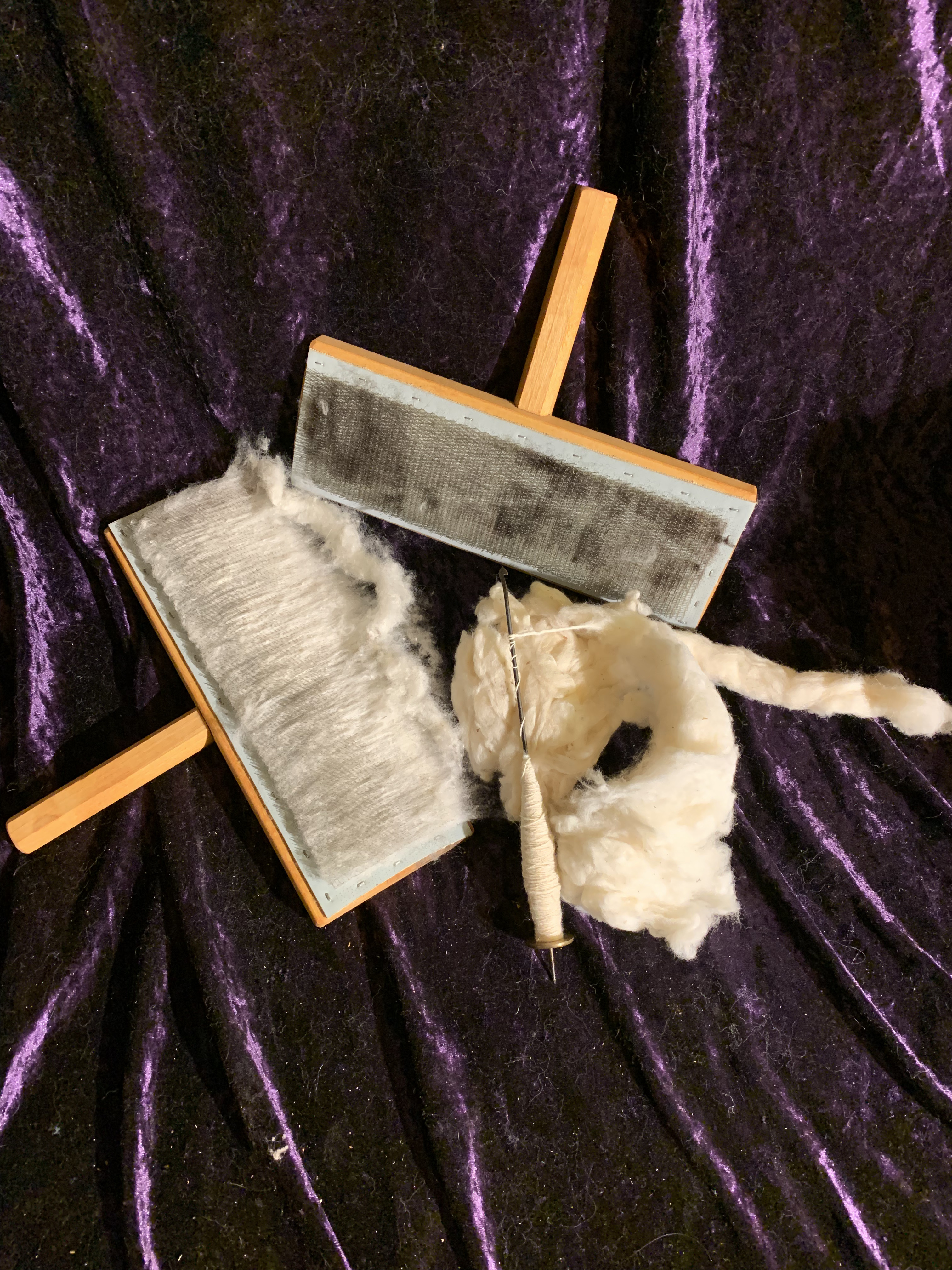

Cotton cards with carded cotton, raw cotton, and tahkli, a brass Indian cotton spindle.
While you can buy all sorts of prepared fibers, there's nothing like preparing fiber to spin yourself. You can create preparations not possible with modern mills to get exactly the yarn you want. Due to time constraints, this class focuses on wool. This is a basic walk through of cleaning wool and preparing it to spin.
Hand pies


A few handpies
Food wrapped in pastry is fabulous. At events, a concentrated bit of food you can grab and go for breakfast, lunch, or dinner as you run from one activity to the next is great. If you make them ahead of time, they're entirely cooked, so keep well in a cooler for camping events. They're generally very popular at pot lucks as well.
Sekanjabin, Shrubs, and Switchel
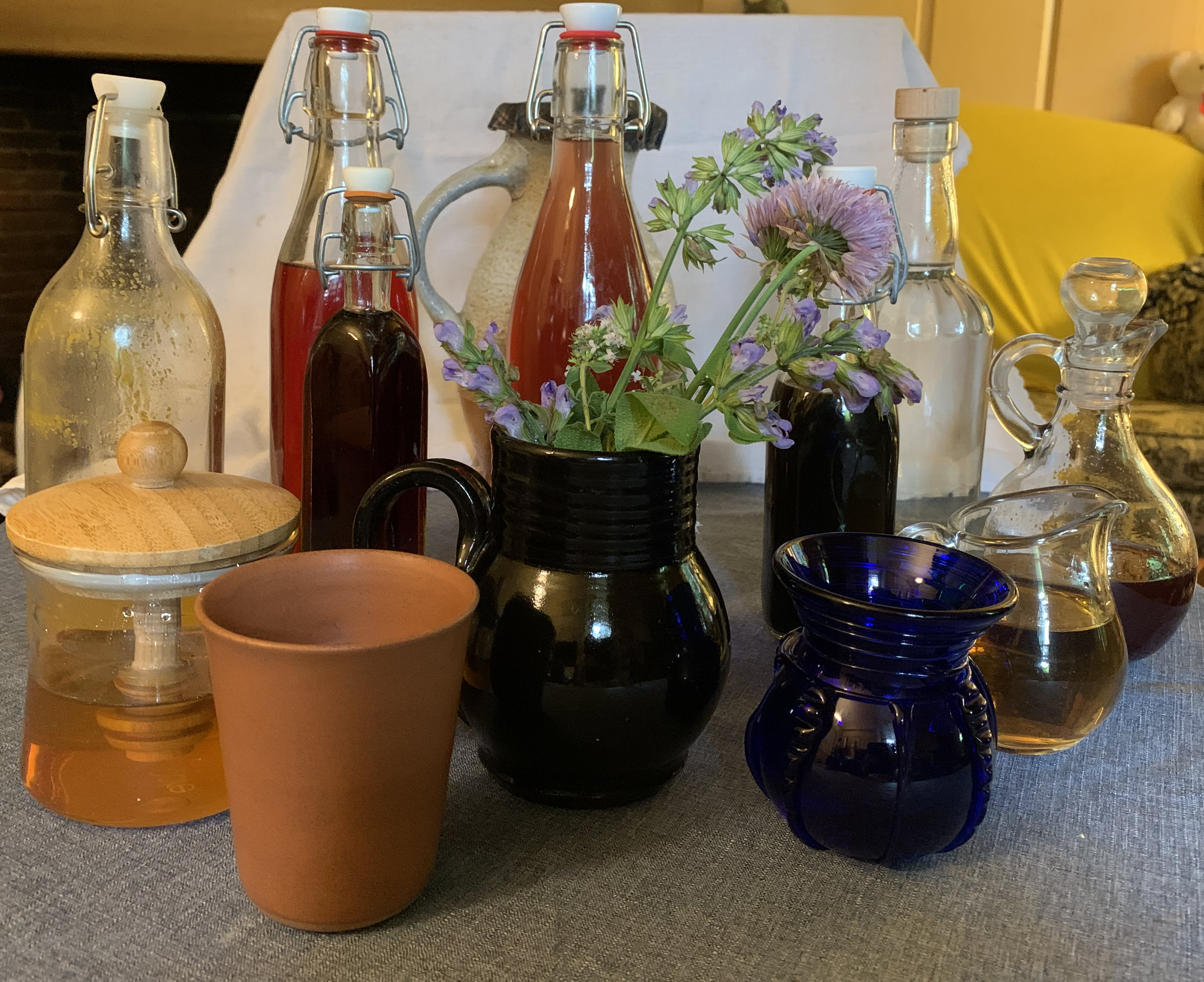

Collection of shrubs and syrups I made for the virtual class.
This was a virtual class I gave during the pandemic. However, it is always useful to have a collection of tasty, hydrating drinks available. This provides a quantity of non-alcoholic drinks you can serve, and whether or not they are period.
Back to Morwenna's main page.